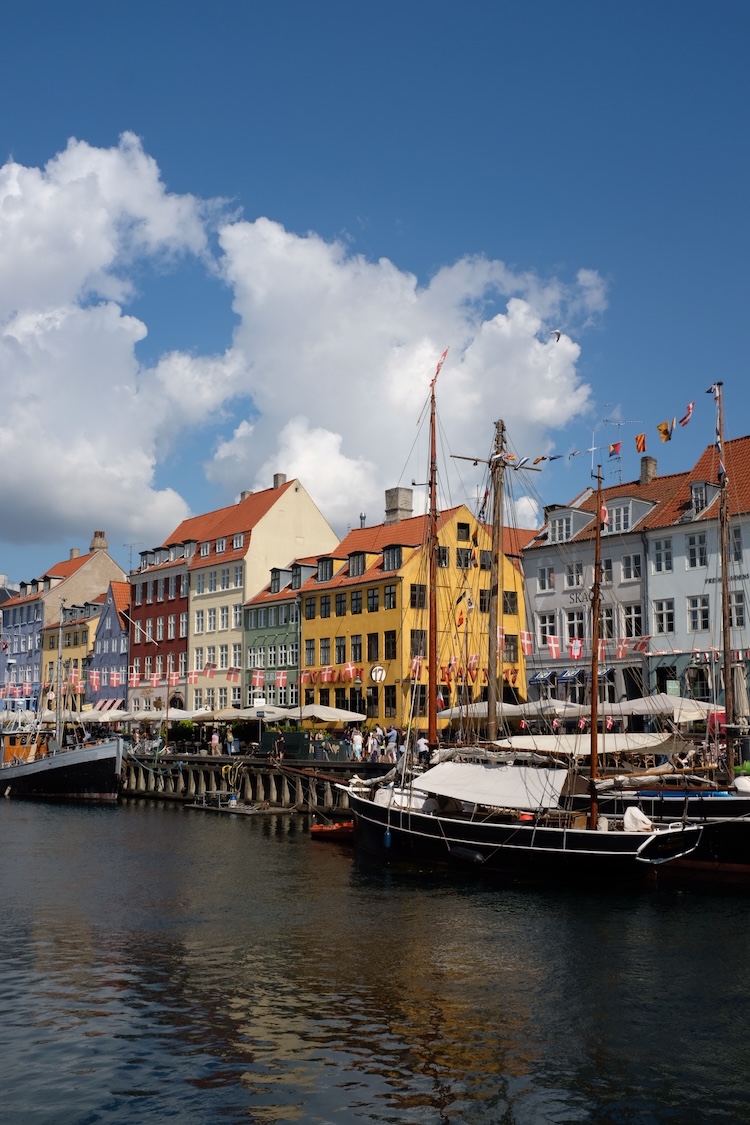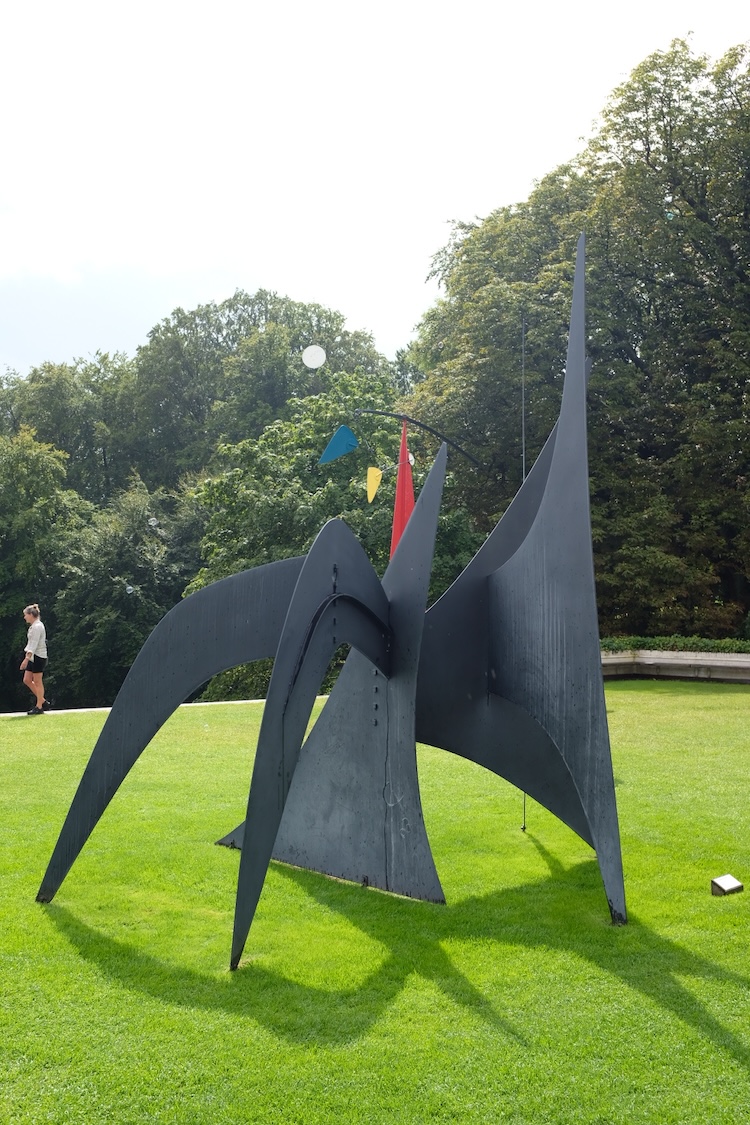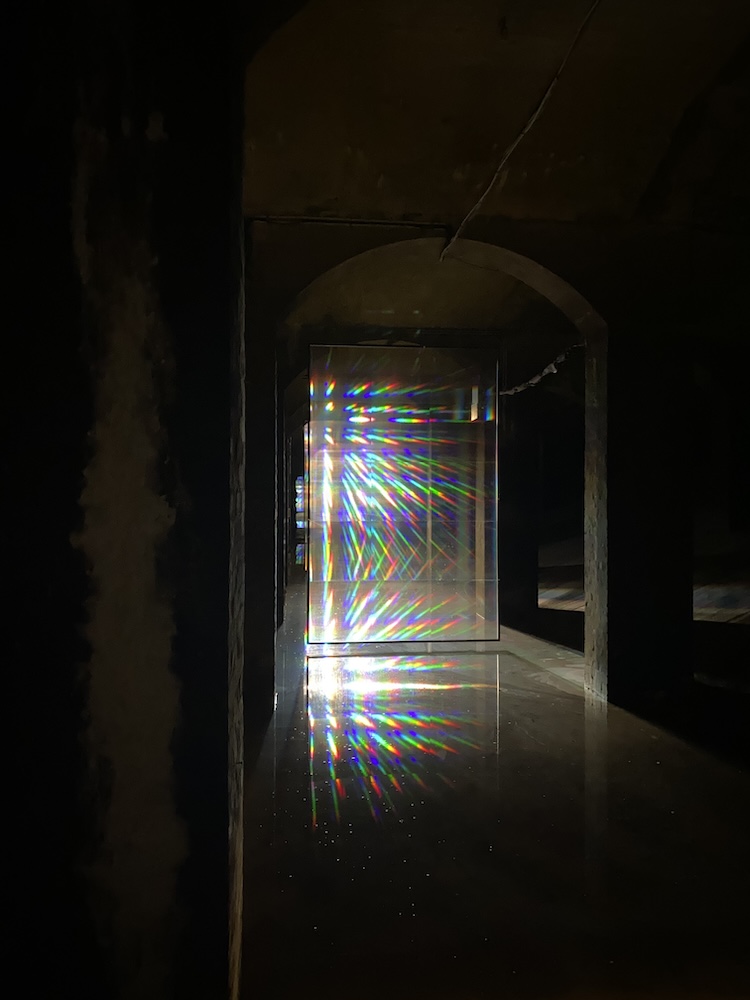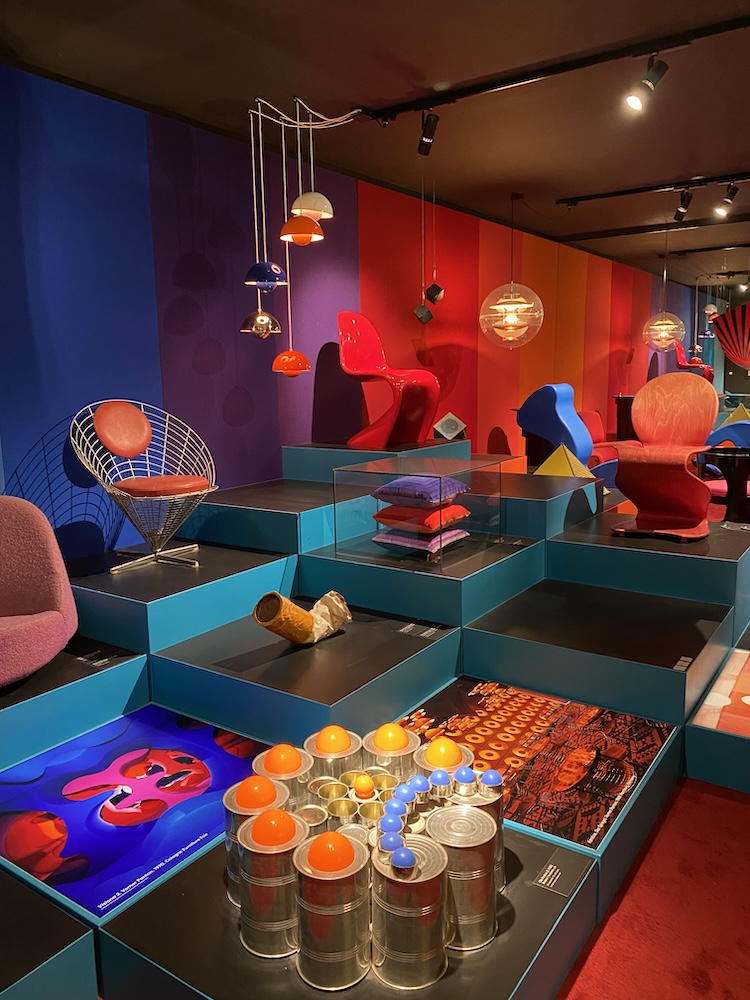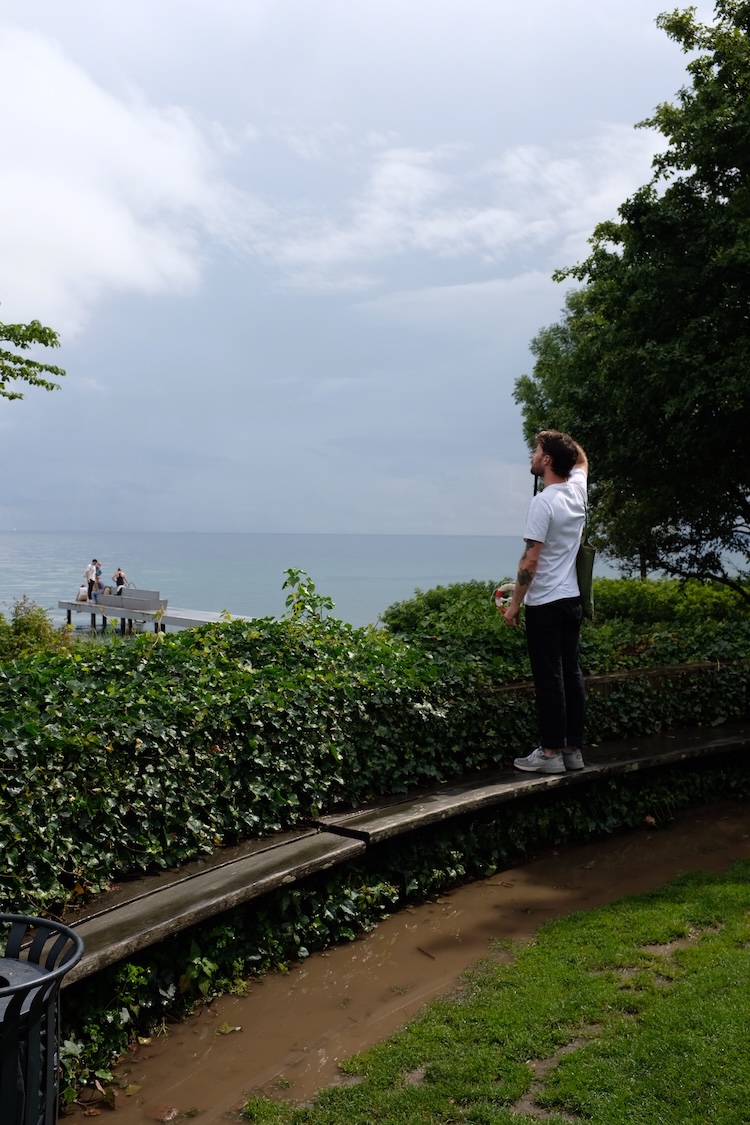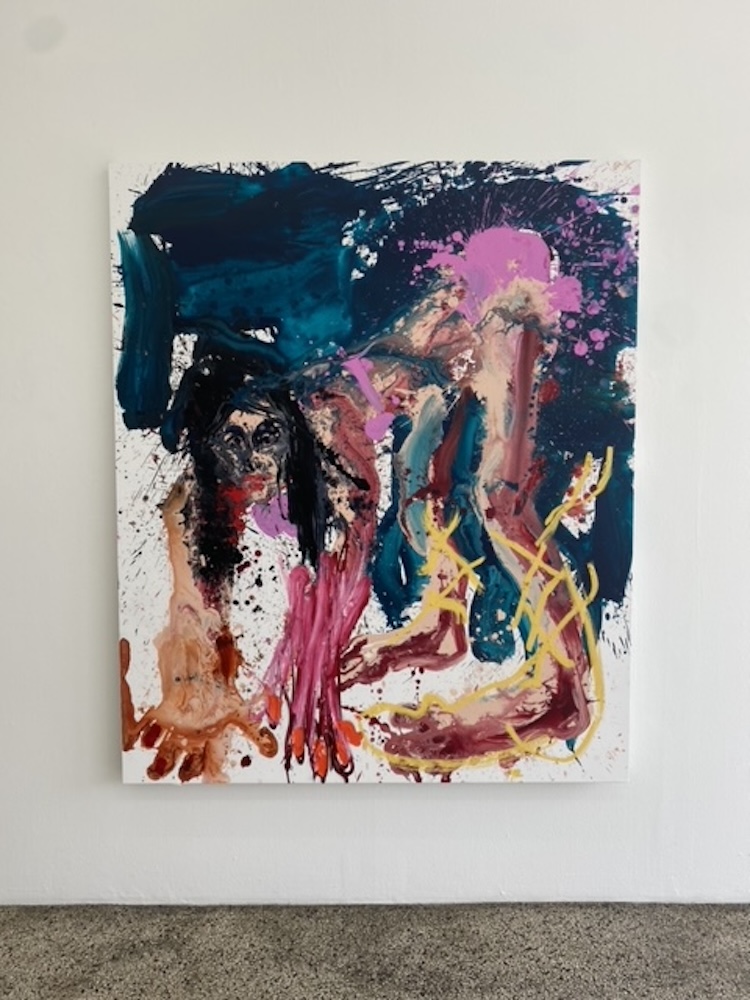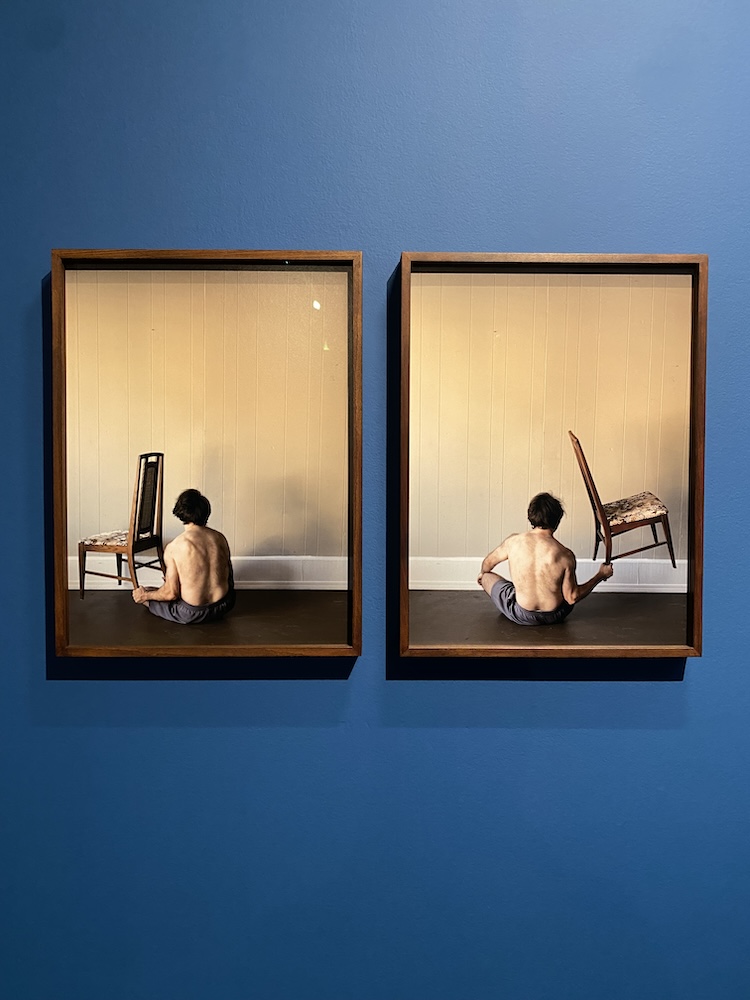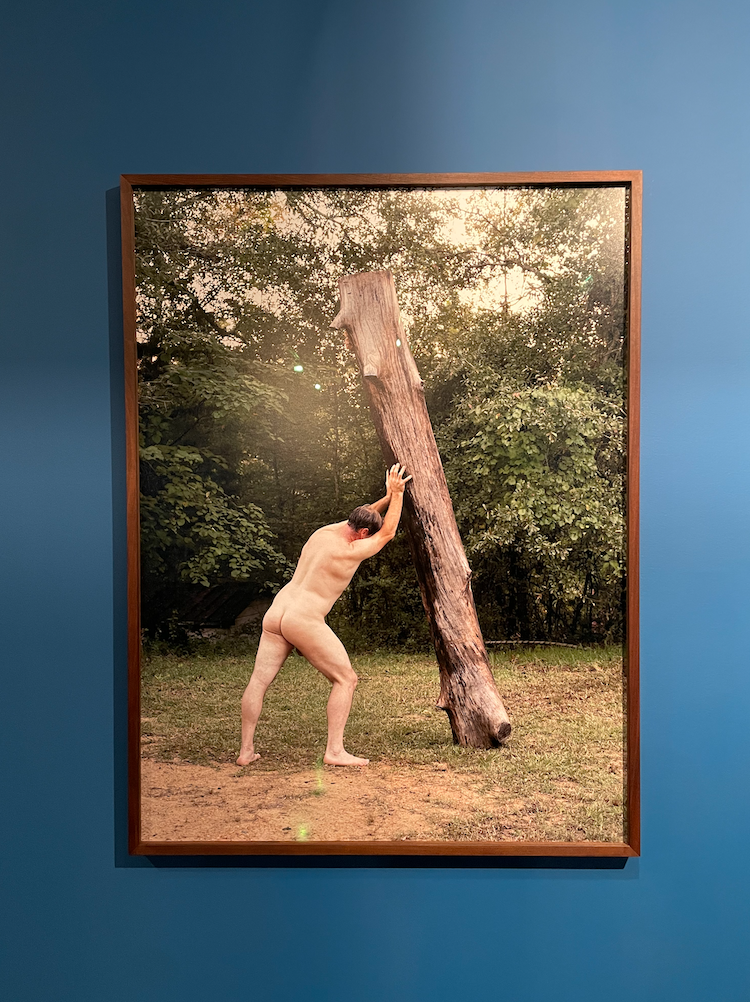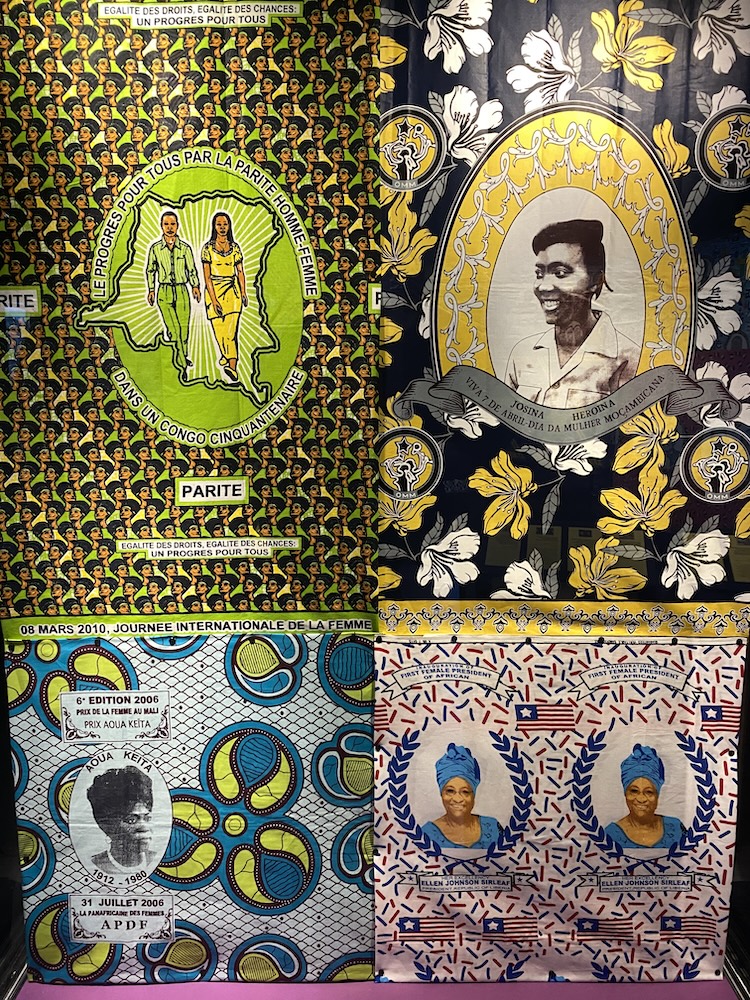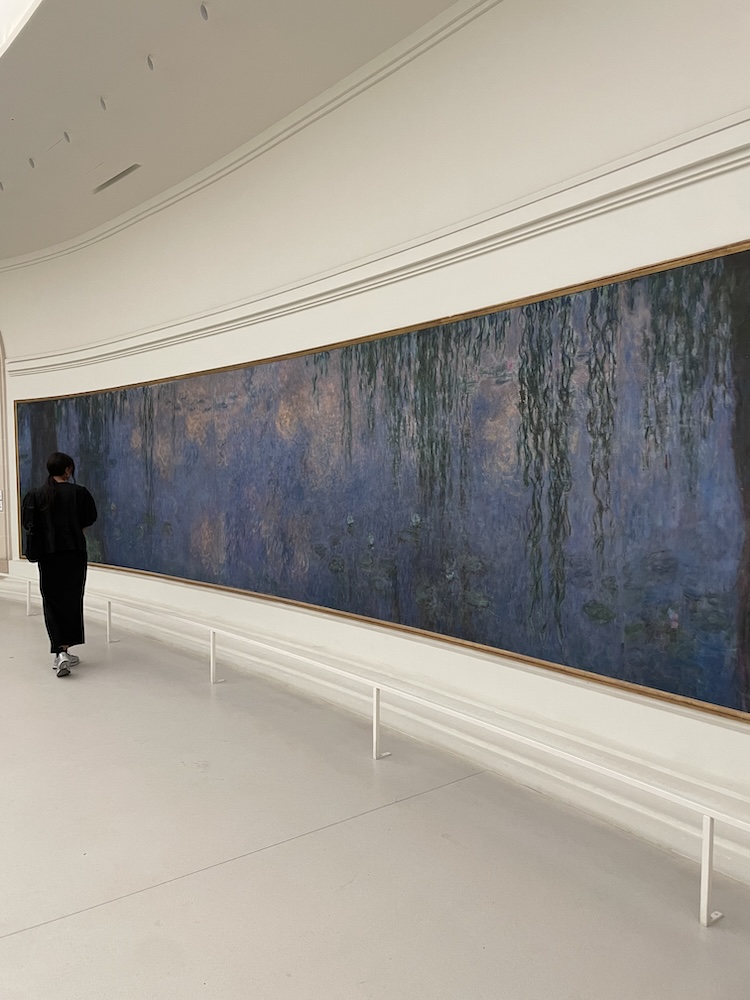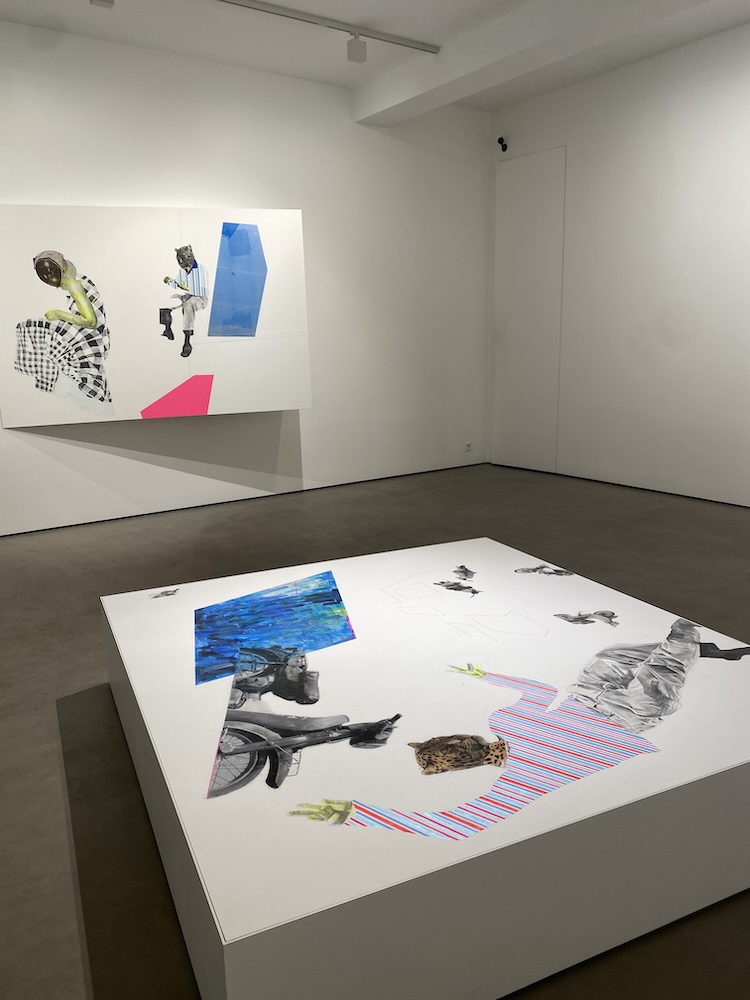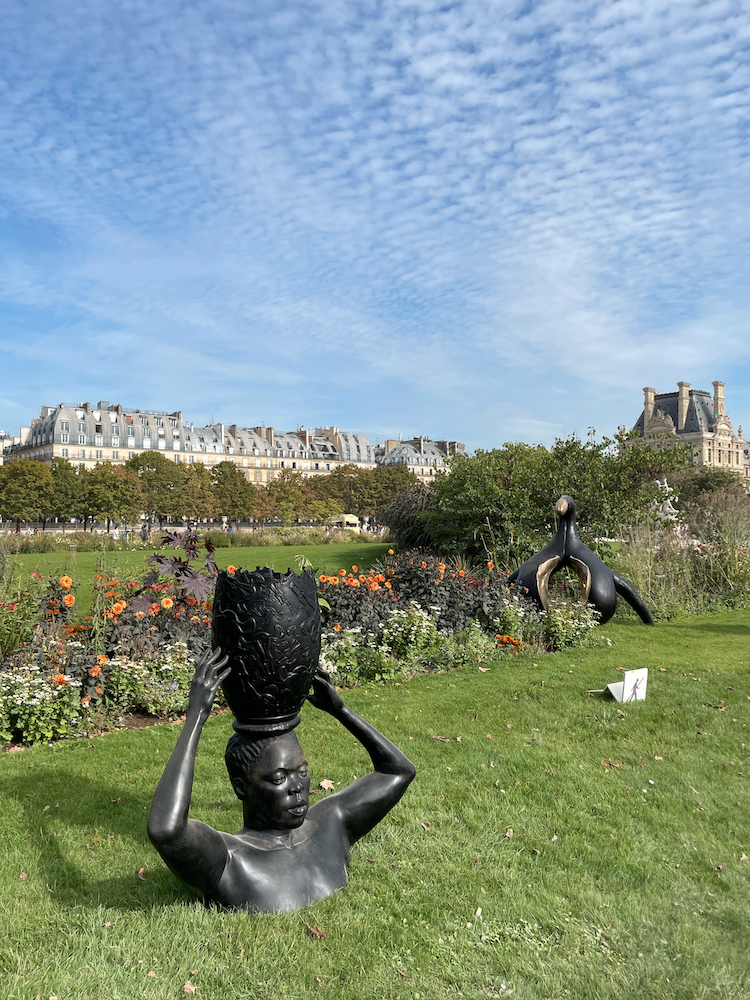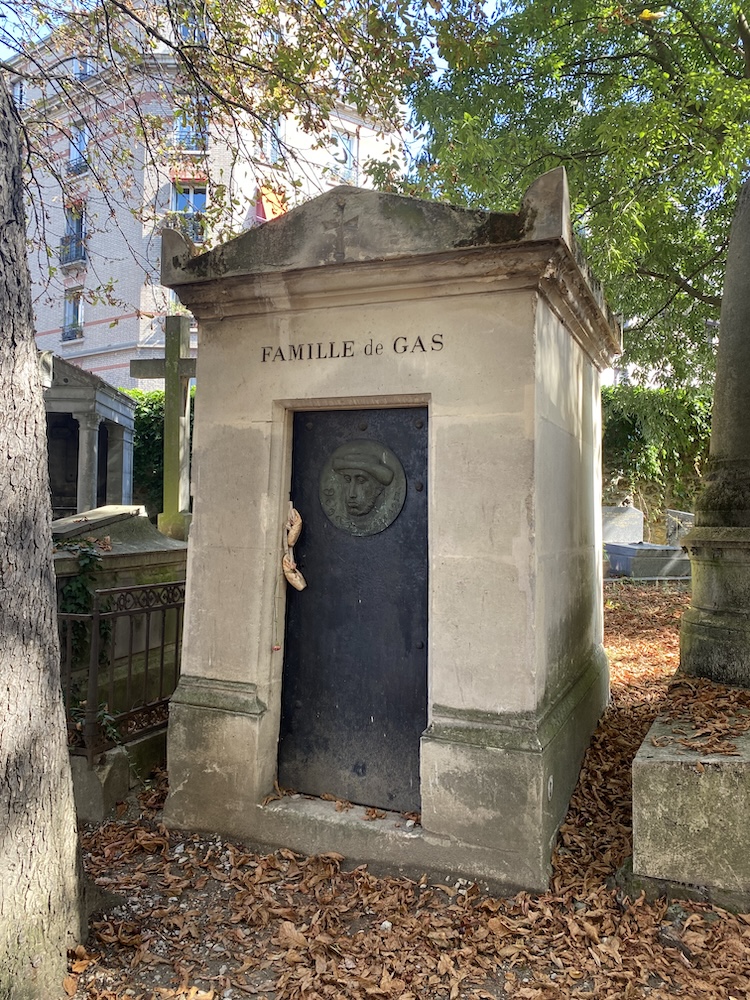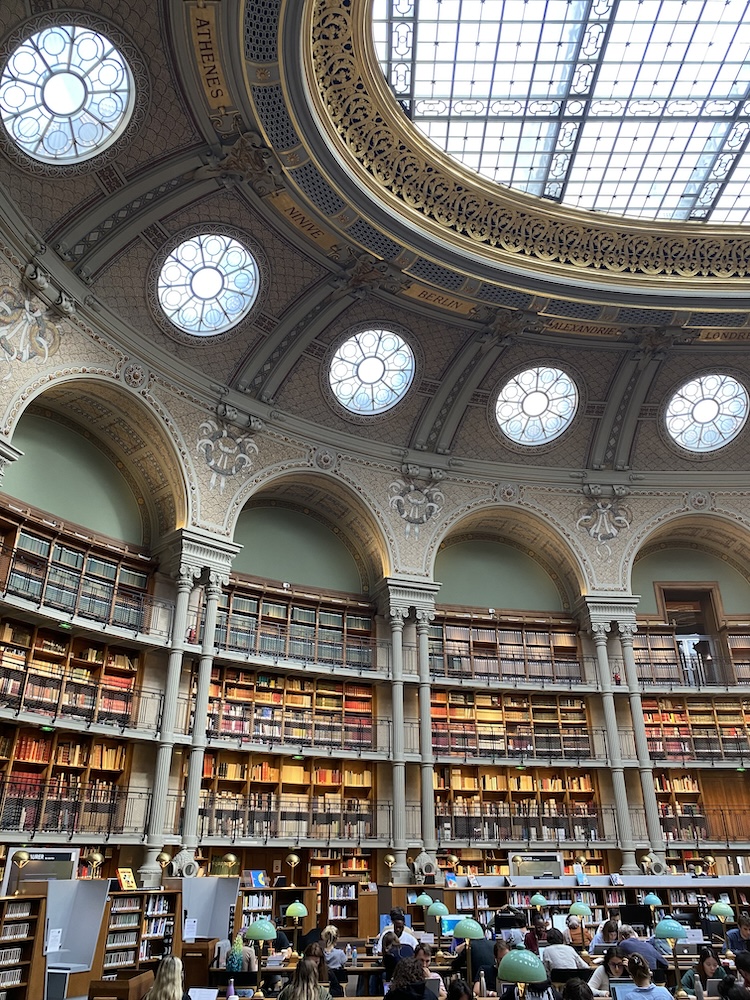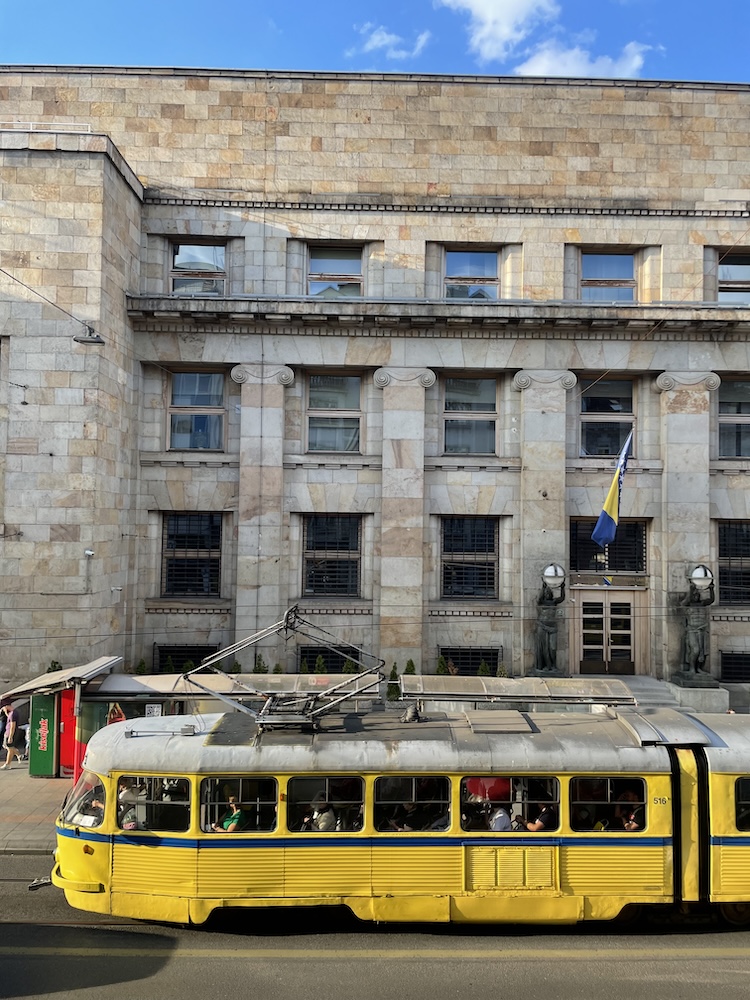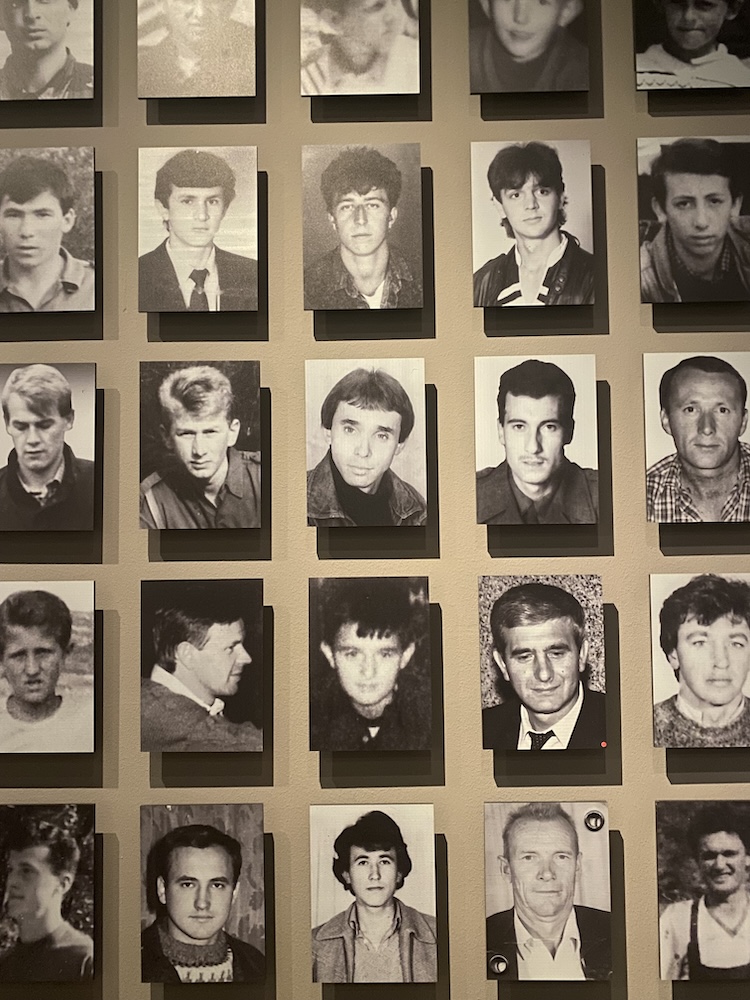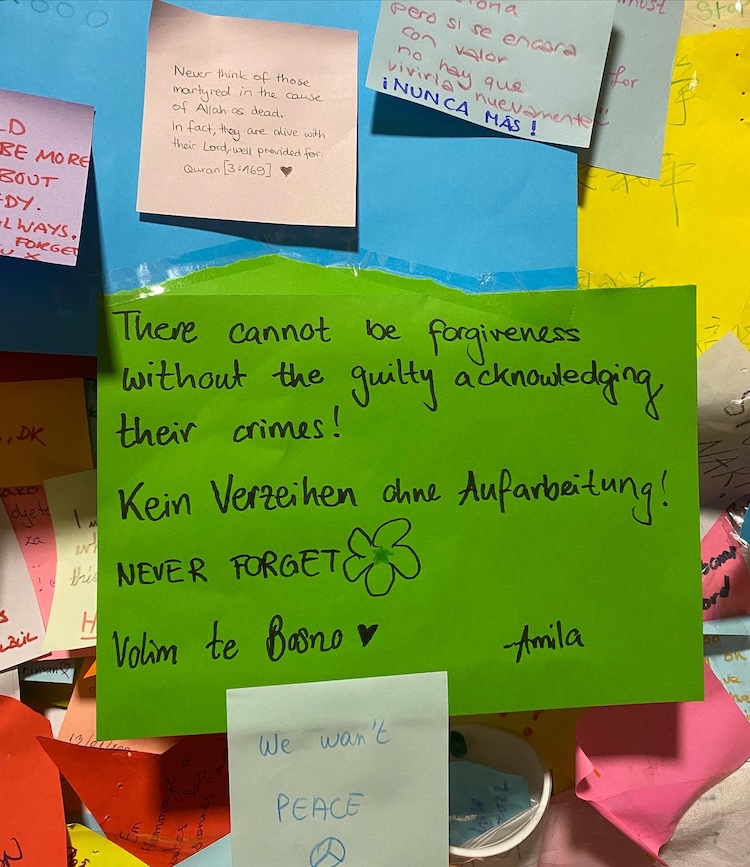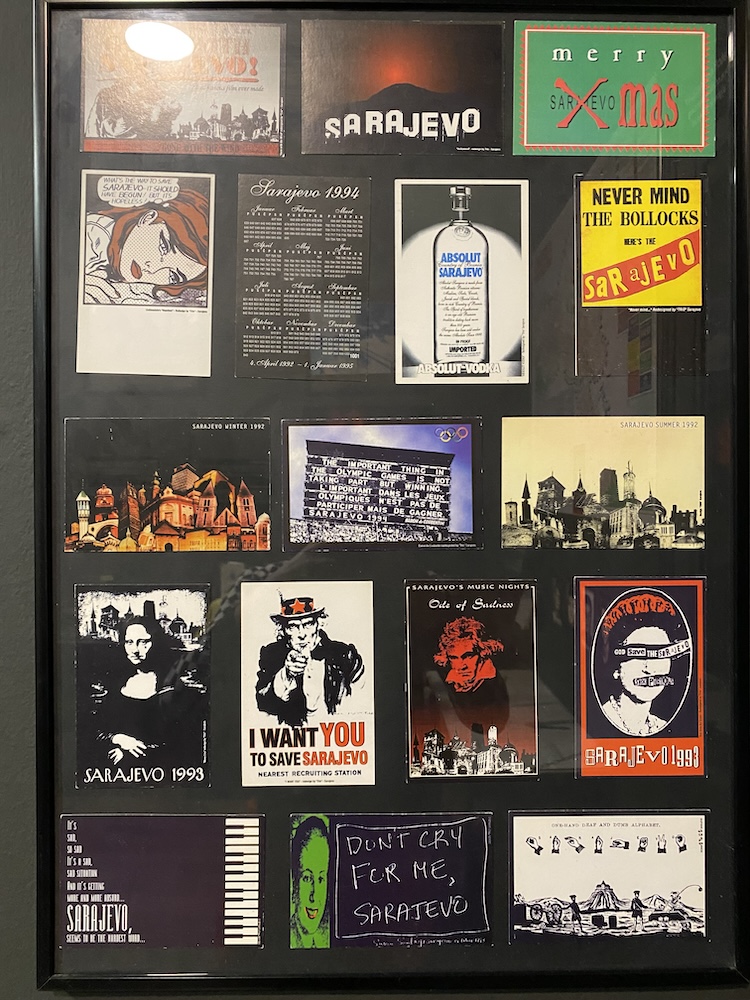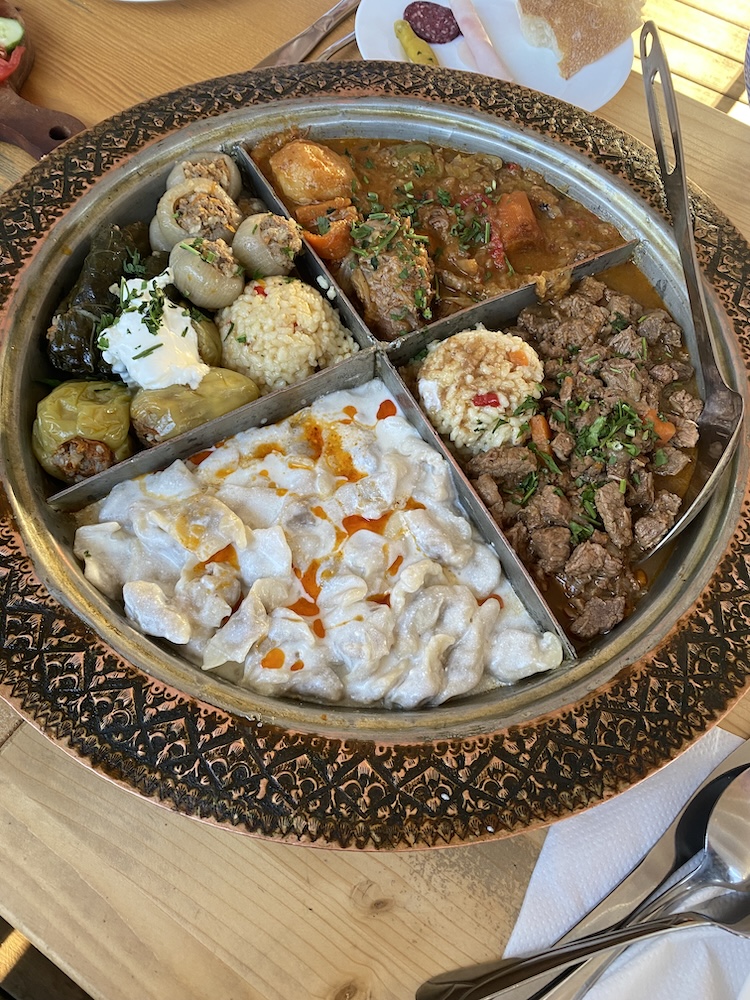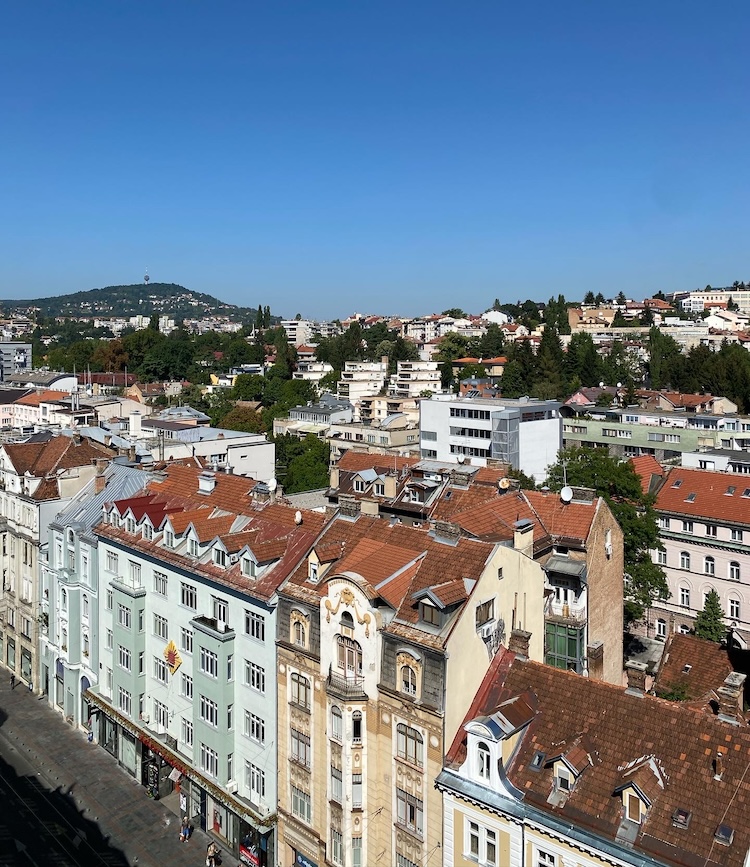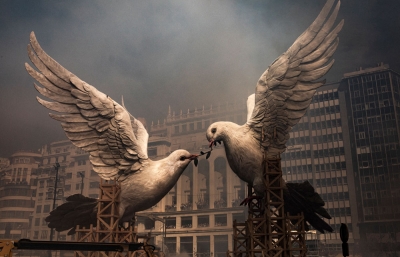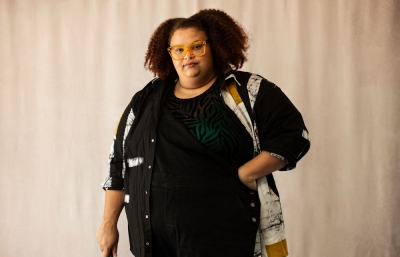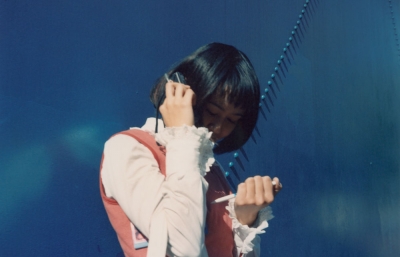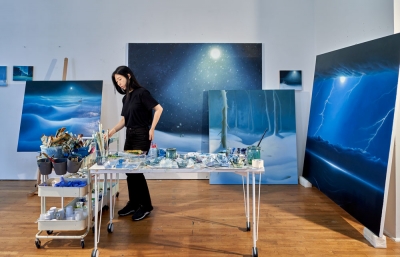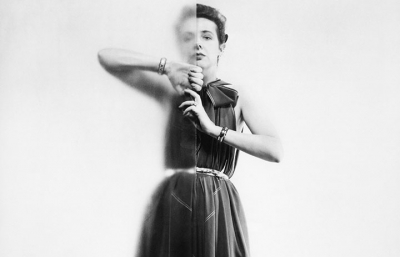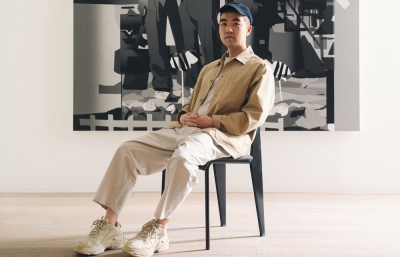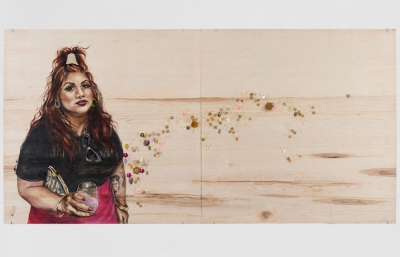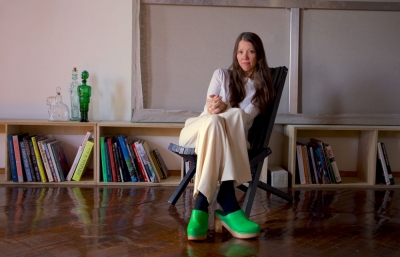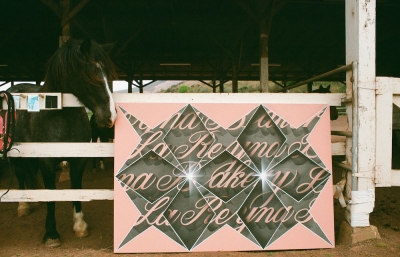Many moons ago, probably illuminated by the light of a starry night, and a few glasses of wine, I came to the realization that my life needed more. This story begins at the start of the pandemic. I know, eye roll, but at this point, doesn’t every story start there? The world we knew melted into a Dali-like nightmarish dream state. It felt as if we were all players on a board and someone picked up our thimble or little red car and firmly put us back on square one. I’ve been interviewing artists for Juxtapoz for around three years now, since the heart of the pandemic, and not one conversation I’ve had hasn’t mentioned the time-warping influence of that moment. The abrupt transformations in their practices. The losses that overwhelmed them and made it onto their canvases. The freedom of hours and hours upon end to let their minds go, wander into uncharted territory, and come back with a new story to tell. So in my own life, the reckoning that came upon a midnight dreary while I pondered weak and weary, was, well, there’s got to be more to my current existence. And thus, I was destined to go out and find it.
Luckily, I had a companion in this realization, my partner Jonathan. For the next three years, we would focus on saving our coins, and in our spare time, planning what we imagined would be a fix to our current exasperation: a four-month trip to Europe to drink wine, sip it slowly, watch the clouds go by, and see lots and lots of art. Art has always been at the core of what brings us both happiness, inspiration, and a connection to the world. It felt as if life had pulled us away from that.
If the pandemic taught me anything at all, it is that life is short. Everything could come crashing down in seconds. If another pandemic doesn’t hit, then California will be crispy from wildfires and New York will be swept away in a flood, and where will that leave me? Likely somewhere in the middle, on a raft covered in soot. In other words, the future hellscape we all have to look forward to. But thanks to this trip, I could be doing so while dreaming of a Paris afternoon where I was drunk off champagne in the presence of Monet's waterlily paintings in the Musée de l'Orangerie. In other words, my idea of heaven.
Copenhagen
Jonathan and I had been dating for nine months when I first met his Danish grandmother, Benta. For all intents and purposes, we will refer to her here as his family so lovingly does, Mormor, which means “mother’s mother” in Danish. Mormor was a shining light in Jonathan’s life, and I admired that, at 90 years old, she constantly had a glass of white wine in her hand. That was obviously a woman who knew how to live life. Before she moved to San Francisco in her 20s, Mormor was raised in the capital of Denmark (where she threw wine bottles at Nazis from her rooftop), and she imbued so much of that city and culture that we knew it had to be our first stop. In her honor, we had one of our first drinks at Paloma Vermuteria. A wine for myself, obviously. Jonathan partook in their wide selection of vermouth that seemed to be on every cool Copenhagen bar menu. If it is on your list to head to Nyhavn Harbour to see the beautiful waterfront of colorful houses (as touristy as it is), then you must stop at the Kunsthal Charlottenborg and see whatever is on view. After traveling all around Europe, I still think this might be the most beautiful exhibition space I have seen, and their installation program is top-notch.
The first exhibition we saw on our trip was the gorgeous “stained-glass”-reminiscent works from Alexander Tovborg that made the space feel like a church, and I found myself thanking whoever in the universe guided me here. As well as a hilarious and profound installation from Jeremy Deller that featured over 30 years of his exploration of British culture (mostly the bad parts, which is… almost the entirety of British culture? Sorry, not sorry. I live in a Black and Irish household). Down the road, you will find yourself at the Designmuseum Denmark. I wish we had planned for more than a few hours here, as there were so many amazing objects to ogle over, and the café was great, too.
I loved biking over to the Meatpacking District. The dope V1 gallery always has fantastic shows from artists like Cristina de Miguel and currently has on view one of my favorite artists ever, Devin Troy Strother. V1 has a downstairs AND a hidden gallery out back, so don’t be afraid to ask for directions if this is your first time. Come late and dance the night away at Jolene Bar or Baggen, where I went out on both a Friday and Saturday for the first time in years.
The one thing about art in Copenhagen is that it is present in the most imaginative places. Most people come to Copenhagen to make the trip out to the Louisiana Museum of Modern Art, and you should too. It is worth the plane ride, train ride, and more to find yourself submersed in both art and nature. I have written about the Cisternerne for Juxtapoz previously, but let me make the case for it again here. Located in the former water reservoirs beneath your feet, this exhibition space provides an art-viewing experience that is transcendent.
Sarajevo
Sweet, sweet, Sarajevo. Sarajevo is situated in the valley of these beautiful hills that pretty much go straight up and surround you. The colors are muted browns, golden yellows, and terracotta red rooftops, as far as the eye can see.
Sarajevo is still a city in repair. I was born in `93, in the midst of the Bosnian War, and therefore, my lack of knowledge is vast. During this time, the Serbian Army hit Sarajevo with an average of 300 shells each day, killing thousands of its people in an attempt to demoralize the city. But there I learned that because the world left Sarajevo to fend for itself when its people were being killed in the genocide, they have also taken it upon themselves to ensure that this history is not forgotten. One such place is the Galerija 11/07/95, which blends artistic and documentary forms to memorialize the 8,372 victims of the Srebrenica genocide. The first half of the gallery features photography by artist Tarik Samarah (who is also the founder of the gallery) as he artistically documents the aftermath of the genocide. Another museum that we visited was the Museum of Crimes Against Humanity and Genocide, which was full of artifacts and personal items recovered from the war. These museums are not for the faint of heart, and they are not supposed to be. War is a concept that, for Americans and most people, can feel so foreign and far away. Its realities are supposed to bash you over the heart and sicken your stomach. That is exactly the point.
When the weight of all of this became too heavy, we would walk around the Old Town of Sarajevo. I was taken by the craft in the beautiful Turkish tea sets, and we were lucky to be able to peek into shops and watch as the artisans made them right before your eyes. Exiting the old town, we came across a dope shop called Molimao, which features lifestyle items like shirts, hats, and art prints made by Bosnians in the name of art, culture, and street. Their motto is “Fuck Hate, Let’s Create,” which is something I am 100% in agreement with. One of my favorite moments in the city was heading up to the beautiful Sarajevska Pivara brewery for a pint of their local beer, Sarajevsko. Stepping inside feels like going back in time, and it is a bit, as it was founded in 1864. The brewery also served as the only place for Sarajevans to get clean water during the war. In our drunken stupor down, we stopped for a proper Bosnian dinner feast at a restaurant called Inat kuća, which is right across the stream from the breathtaking city hall. Most other times, you could find me eating burek or ćevapi, which can be found pretty much anywhere. 
Paris
Paris is known as the city of lights, but I would argue that it is the city of art. Its buildings are works of art. Its language is art. Its food is art. Its people, especially, are works of art. We stayed in the 18th arrondissement, which was the beautiful Montmartre neighborhood. I loved it, particularly because it felt like the quintessential French experience. On the corner from our Airbnb was a patisserie and boulangerie called Pain Pain, which had the most delicious hazelnut, pistachio, and raspberry cake. I got it at least once a week for our month-long stay.
One of the most memorable days that I had was taking an afternoon walk around Montmartre Cemetery. In actuality, we snuck a bottle of wine in our bag and sat on a bench to read books after walking around to look at all of the graves, including that of Edgar Degas, who had a pretty pink pair of ballet slippers hanging from his crypt door. One of my favorite galleries is that of Mariane Ibrahim, and I have been itching to visit their Paris location, which opened in 2021. There was a delightful exhibition by ruby onyinyechi amanze in which she explored both time and space. Being at a place in my life where time feels ambiguous and space is temperamental, these works really got to me. It’s hard to think about the big picture in your day-to-day. When constraints are removed, life feels like swimming through the water and floating through space at the same time. Later, we stopped by The Fondation Henri Cartier-Bresson and saw an amazing photography exhibition by Carolyn Drake, Men Untitled, exploring her relationship to myths of masculinity. The female gaze on vulnerable men? I melted.
I realized quickly that in Paris you can make no bad choice as everything is a memorable escapade. I love an art book fair (and I missed the one in San Francisco this year), so I had a lovely time at LE BAL’s Rolling Paper Festival, which had around 40 publishers and artists on view. A quick visit to the Musée du Quai Branly resulted in a fun exhibition called Fancy! on commemorative African cloths. My favorite meal was the steak frites for two at the Brassier Bellanger in the 9th. And if you want to read (or work) in the most beautiful room you’ll ever read in your life, make an appointment for the oval room at the Bibliothèque Nationale de France.
Let us circle back to where I began, which was an afternoon at the Musee de l’Orangerie. Unpopular opinion, but it is my idea of a perfectly sized museum. On view was an exhibition by Amedeo Modigliani, and I particularly appreciated the section dedicated to showcasing how his works were influenced by African Art. Elsewhere in the permanent collection, they showcased the same parallel with Picasso. Museums: more of this, please. Of course, we were really here for Monet’s water lilies. And yes, it is crowded. My recommendation? Throw on a pair of headphones and put on something like Serge Gainsbourg. Face the paintings directly and slowly side-step your way across the gallery. Trust me, people will get out of your way. (Even the ones taking pictures). Once you’ve completed the circle in one direction, do it again in the opposite direction. That is probably as close as you are going to get to experiencing it the way Monet designed it for you. In fact, it’s pretty damn close. And it's a wonderful memory to hold onto when you’re on your raft at the end of the world. —Shaquille Heath

